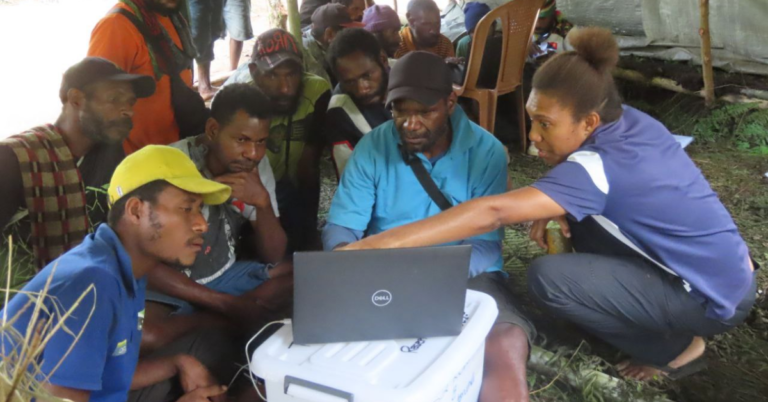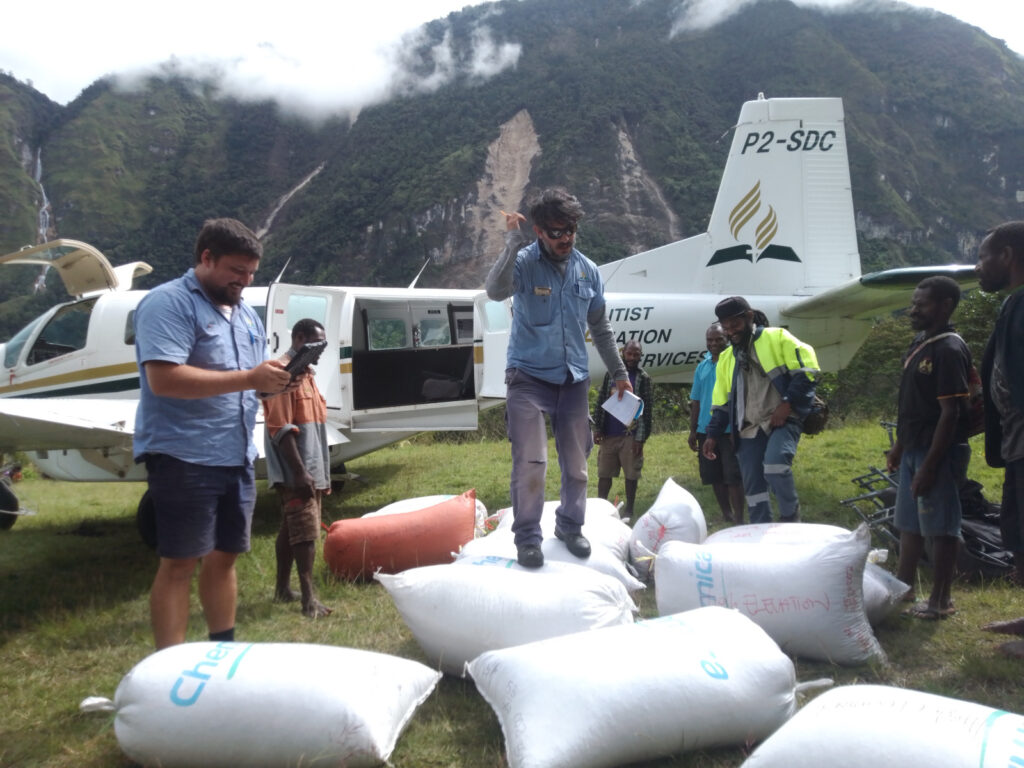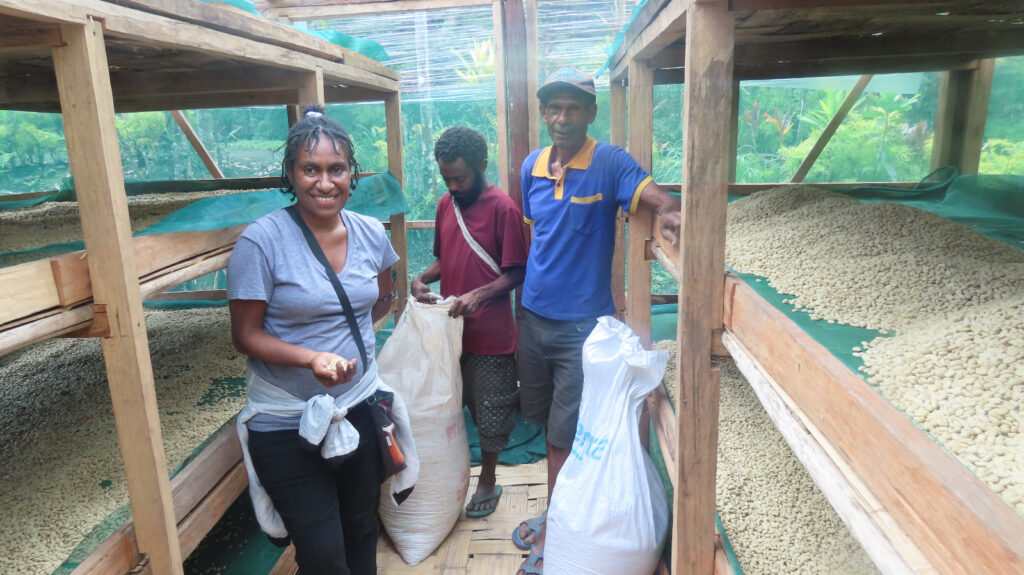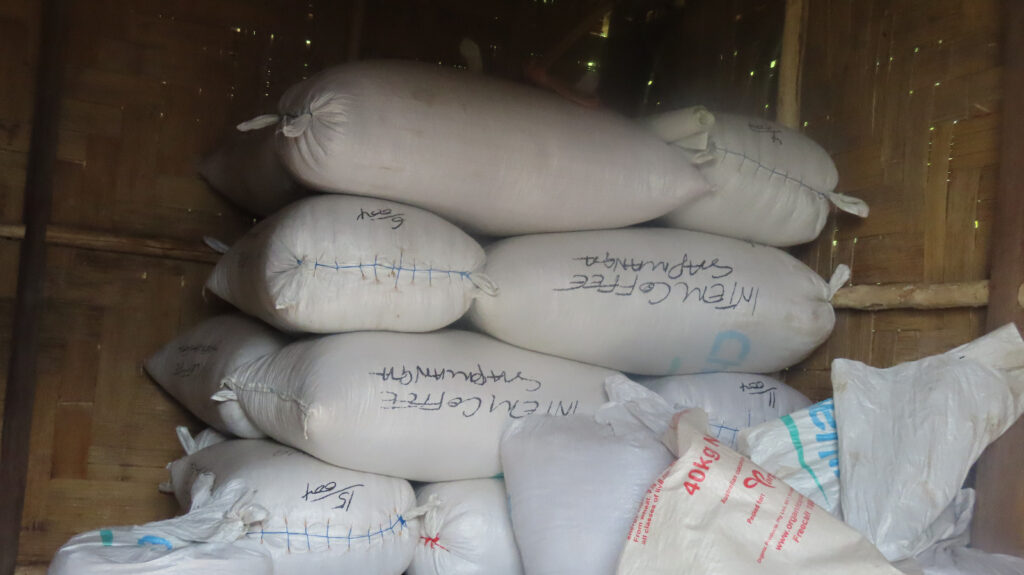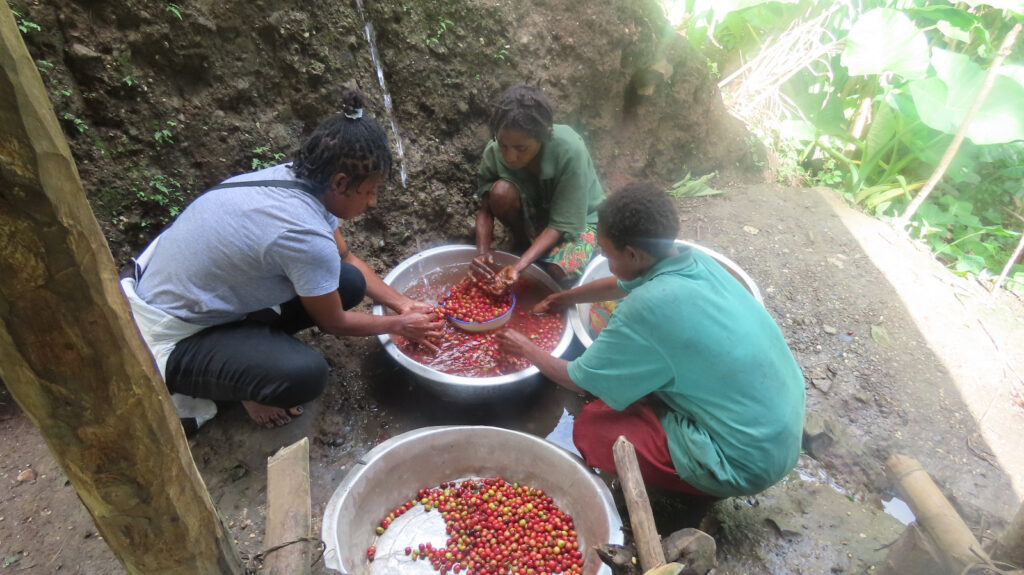Conservation Officers and Rangers in Morobe province were participants in a program targeted at enhancing conservation efforts using a special software called SMART.
Known as Spatial Monitoring and Reporting Tool (SMART) Application, this software plays a unique role in monitoring wildlife, identifying threats, and optimizing patrol operations.
The participants in this training are from Yopno, Uruwa and Som River (YUS) Conversation area of Kabwum District. Which covers 162,683 hectares.
Robson Soseng, a Ranger from Lower Uruwa Range said, with the knowledge on how to transfer patrol data, they don’t have to travel to Lae to send data.
“I am very happy with the current addition and introduction of SMART Patrol Plans. I learnt earlier this year during a refresher. When I went away and practiced and now with the debrief, it helps even more to correct my mistakes and become better,” said Ranger Soseng.
The software training primarily focuses on tracking, analyzing, and reporting spatial data. It will provide critical insights for informed decision-making regarding specific locations.
Conservation officer of Upper Uruwa, James Jio says he now understands how SMART works. And also how the data rangers collect, will benefit the system as a whole.
“I am so glad as I get to learn how to deal first hand technical issues. Re-installing SMART Application, editing SMART packages and transferring it into my Rangers phone. Transfer data from their phones into our field laptop and above all, I can also do monitoring in the livelihood area as I have installed SMART into my phone,” said Jio.
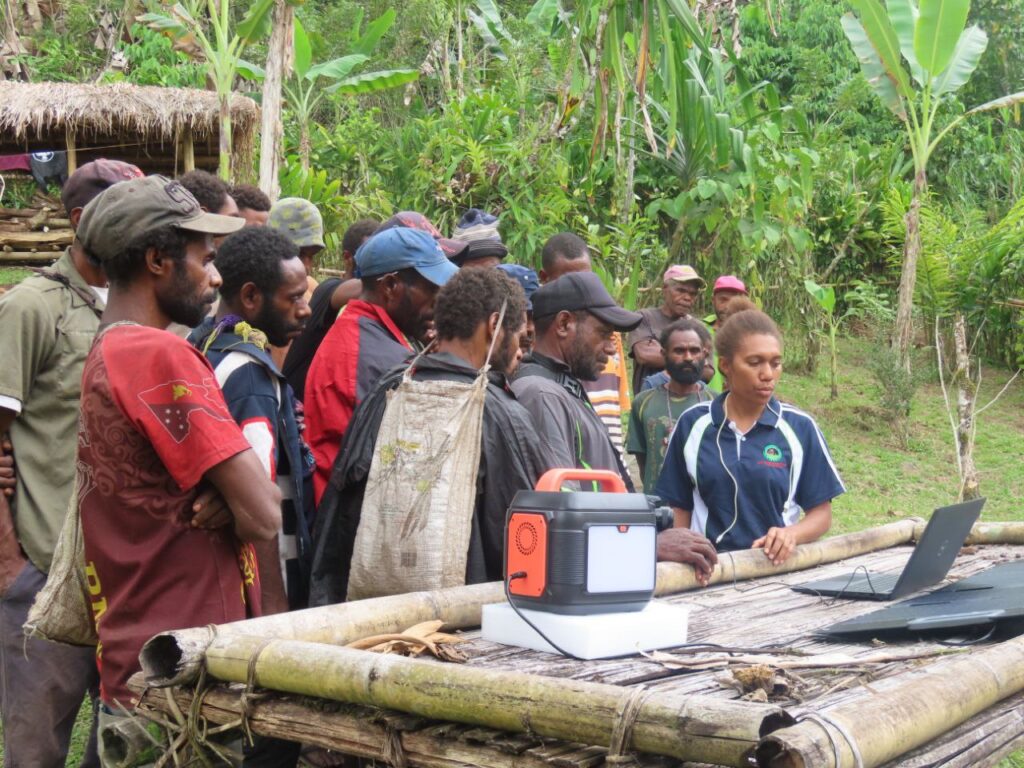
Dillian Nason, the Research & Monitoring Coordinator of the Tree Kangaroo Conservation Program, facilitated a week-long training on the “Spatial Monitoring and Reporting Tool” (SMART).
“I believe this approach will reduce the long-term issue of communicating field data and devices with the Lae office. If all CO’s start attending SMART debriefs it will be better results ahead,” Jio continued.
Established in 2019, YUS remains Papua New Guinea’s inaugural conservation site.
It derives its name from the Yopno, Uruwa, and Som rivers. These rivers traverse the Huon Peninsula in Morobe Province. Predominantly situated in Morobe’s Kabwum District, the area is inhabited by approximately 15,000 residents across 50 villages.
This locale serves as a vital habitat for one of Papua New Guinea’s endangered tree kangaroo and the Huon or Matchie’s. A central focus in the Lukautim Graun Program.

